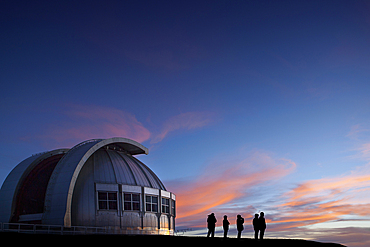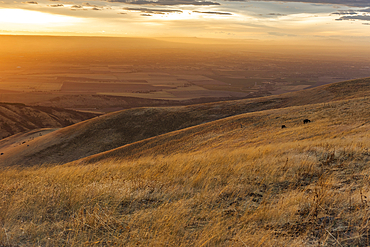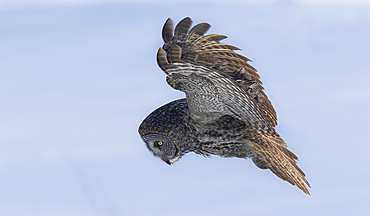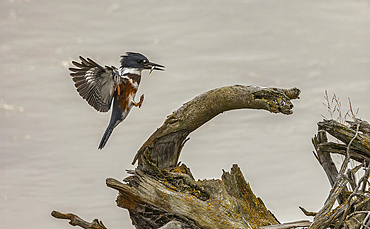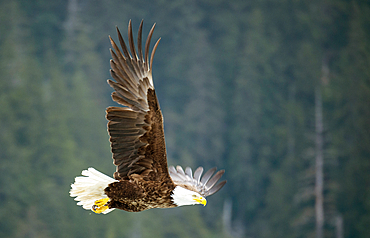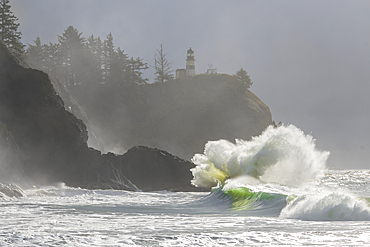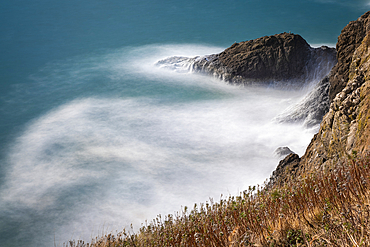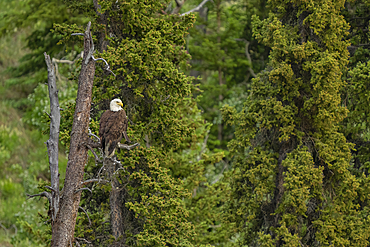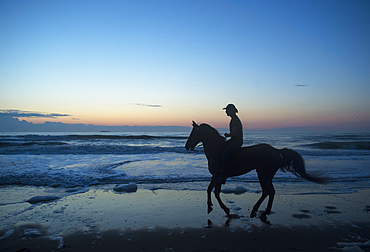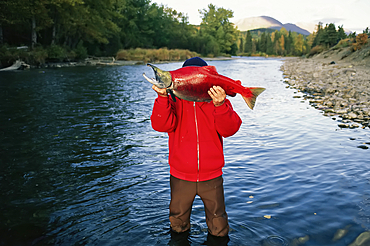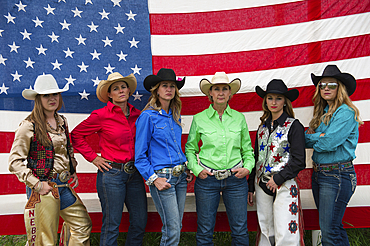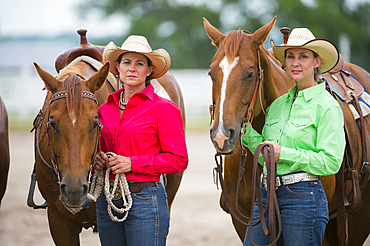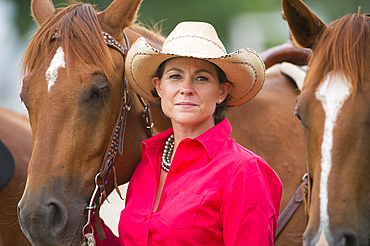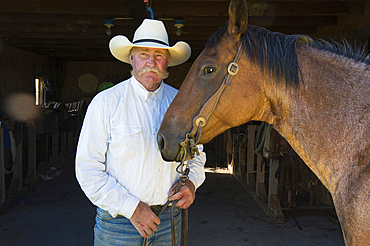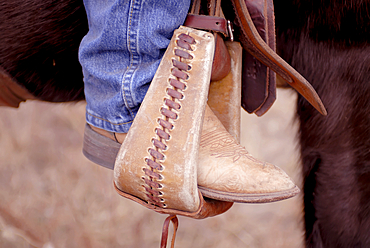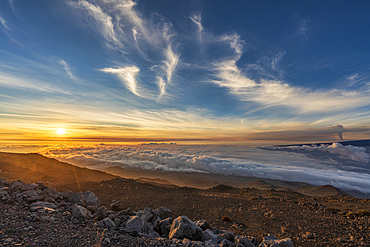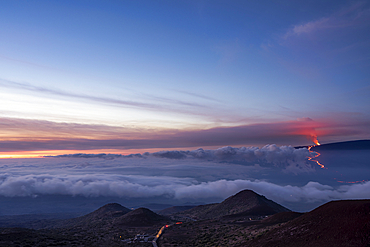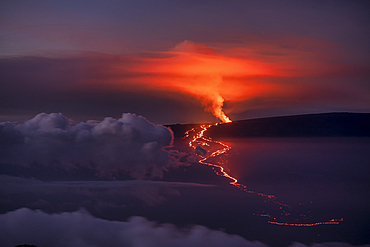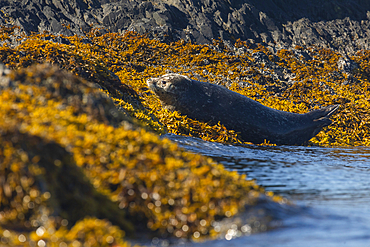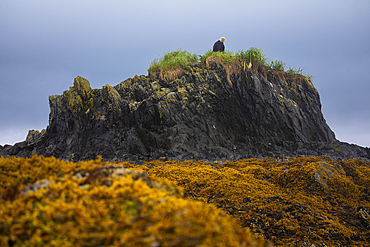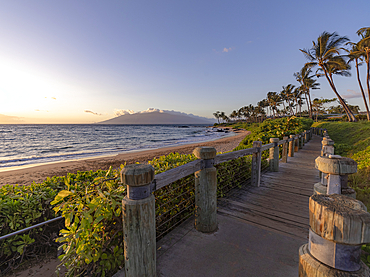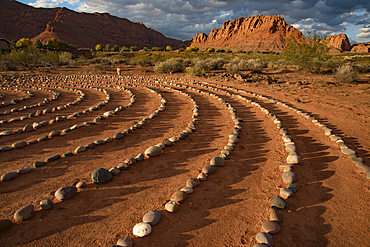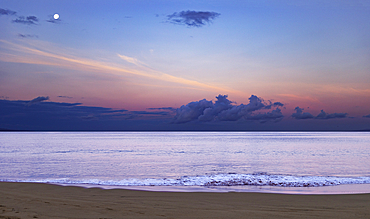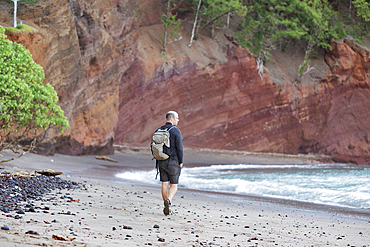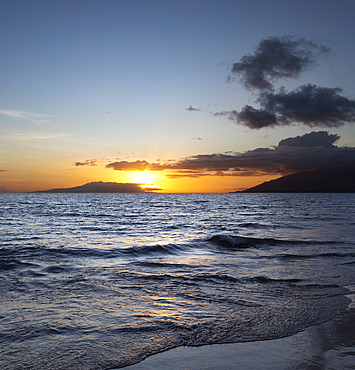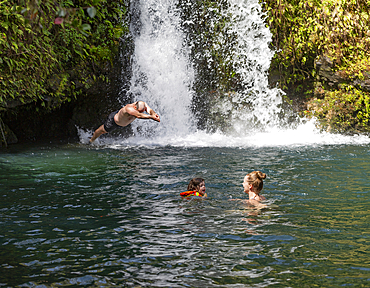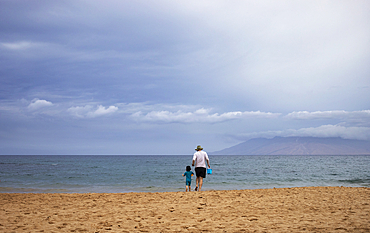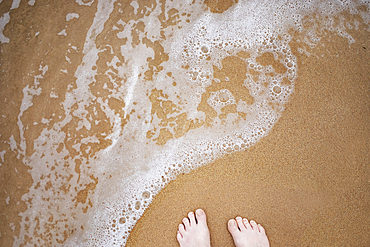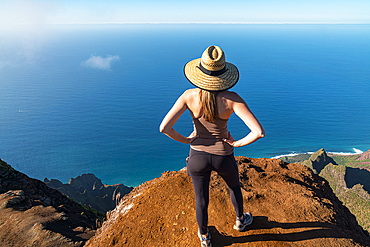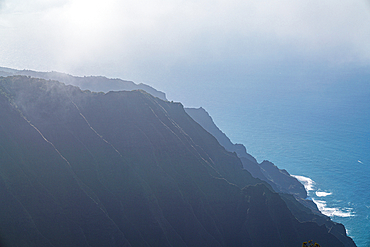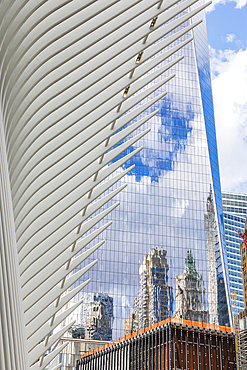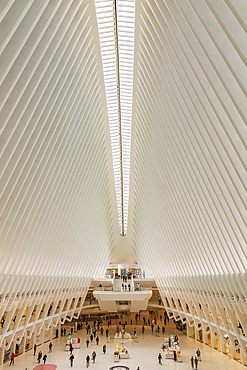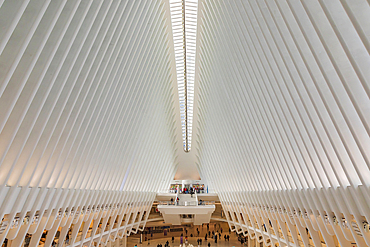Recent searches
Loading...
1178-44382 - View of Cinnamon Bay, St. John, US Virgin Islands, USA
1178-44378 - Woman in swimming pool, US Virgin Islands, USA
1178-44315 - Chinese couple posing for cell phone selfie in restaurant
1178-44314 - Silhouette of people watching sunset at observatory
1116-52958 - Dusty sunset and grazing cows with a distant view of vast farmland in Eastern Washington, USA, Walla Walla, Washington, United States of America
1116-52957 - Person stands on a rocky slope looking out to the water along the tranquil coast, Alaska, United States of America
1116-52955 - Owl with grey and white plumage in flight on a white background, Alaska, United States of America
1116-52956 - Owl looking down while in flight, Alaska, United States of America
1116-52954 - View from directly above of a male Bighorn sheep (Ovis canadensis) standing on a snowy ridge, Alaska, United States of America
1116-52953 - Bird carrying a small fish lands on driftwood at the water's edge, Alaska, United States of America
1116-52949 - Bald eagle (Haliaeetus leucocephalus) in flight with a forest in the background, near Petersburg, Inside Passage, Alaska, USA, Alaska, United States of America
1116-52950 - Glaciers surround Saint Mary Lake in Glacier National Park, Montana, USA, Montana, United States of America
1116-52948 - Bald eagle (Haliaeetus leucocephalus) takes flight from a snowy mound near Petersburg, Inside Passage, Alaska, USA, Alaska, United States of America
1116-52945 - Morning fog enhances the dramatic beauty of the waves crashing into the cliffs at Cape Disappointment Lighthouse at the mouth of the Columbia River in Southwest Washington, Washington, United States of America
1116-52946 - Long exposure of frothy waves crashing into the cliffs at Cape Disappointment, at the mouth of the Columbia River in Southwest Washington, Washington, United States of America
1116-52942 - Mighty Bald eagle (Haliaeetus leucocephalus) giving alarm calls while in flight letting everyone know he's near by, Anchor Point, Alaska, United States of America
1116-52938 - Bald eagle (Haliaeetus leucocephalus) in a tree along the Yukon River, Whitehorse, Yukon, Canada
1116-52924 - Close-up of a leather saddle strapped onto a horse with trees in the background in King's Canyon National Park, California, United States of America
1116-52921 - Cowboy rides his horse at sunrise along Virginia Beach in First Landing State Park, Virginia, USA, Virginia Beach, Virginia, United States of America
1116-52922 - Cowboys ride their horses at sunrise along Virginia Beach in First Landing State Park, Virginia, USA, Virginia Beach, Virginia, United States of America
1116-52919 - Fisherman displays his sockeye salmon catch, Kenai, Alaska, United States of America
1116-52917 - Close up of a rodeo queen's belt and sequined vest in front of an American flag, Burwell, Nebraska, United States of America
1116-52916 - Rodeo queen poses for a portrait in front of an American flag, Burwell, Nebraska, United States of America
1116-52915 - Rodeo queens pose for a portrait in front of an American flag, Burwell, Nebraska, United States of America
1116-52914 - Close up of a rodeo queen's belt buckle in front of an American flag, Burwell, Nebraska, United States of America
1116-52912 - Two rodeo queens stand with their horses, Burwell, Nebraska, United States of America
1116-52911 - Rodeo queen stands with her horse, Burwell, Nebraska, United States of America
1116-52910 - Teenage girl practices barrel racing with her horse, Burwell, Nebraska, United States of America
1116-52907 - Rancher stands in a barn with his horse, Burwell, Nebraska, United States of America
1116-52908 - Portrait of a rancher wearing a cowboy hat in a barn, Burwell, Nebraska, United States of America
1116-52905 - Male rancher makes the final preparations for his trailer, Halsey, Nebraska, United States of America
1116-52903 - Male rancher and his boarder collie with horses in the background at the Nebraska National Forest, Halsey, Nebraska, United States of America
1116-52904 - Ranch couple work together to lift a saddle into a trailer, Halsey, Nebraska, United States of America
1116-52902 - Close-up of a cowboy boot in a stirrup in the Nebraska Sandhills, USA, Halsey, Nebraska, United States of America
1116-52901 - A cowboy braids a lariat, Cassoday, Kansas, United States of America
1116-52898 - Fiery Lava flow of the 2022 eruption of Mauna Loa Volcano (Moku‘āweoweo, the world's largest active volcano) on the Big Island of Hawaii, Island of Hawaii, Hawaii, United States of America
1116-52899 - Mauna Loa Volcano lava flow on the Big Island of Hawaii, USA, Island of Hawaii, Hawaii, United States of America
1116-52897 - Fiery Lava flow of the 2022 eruption of Mauna Loa Volcano (Moku‘āweoweo, the world's largest active volcano) on the Big Island of Hawaii, Island of Hawaii, Hawaii, United States of America
1116-52896 - Spectacular scene of the golden twilight above the clouds at Mauna Kea with view of the smoke from 2022 eruption of Mauna Loa Volcano (Moku‘āweoweo, the world's largest active volcano) on the Big Island of Hawaii, Island of Hawaii, Hawaii, United States of America
1116-52895 - Spectacular view at twilight of the 2022 eruption and lava flow of Mauna Loa Volcano (Moku‘āweoweo, the world's largest active volcano) on the Big Island of Hawaii, Island of Hawaii, Hawaii, United States of America
1116-52894 - Spectacular view from above the clouds of the 2022 eruption and lava flow of Mauna Loa Volcano (Moku‘āweoweo, the world's largest active volcano) on the Big Island of Hawaii, Island of Hawaii, Hawaii, United States of America
1116-52893 - Spectacular overview of the 2022 eruption and lava flow of Mauna Loa Volcano (Moku‘āweoweo, the world's largest active volcano) on the Big Island of Hawaii, Island of Hawaii, Hawaii, United States of America
1116-52892 - Aerial view of Tillamook Spit, Oceanside, Oregon, United States of America
1116-52890 - Portrait of a captive Bald eagle (Haliaeetus leucocephalus) at the Visitors Center in Juneau, Alaska, USA, Juneau, Alaska, United States of America
1116-52891 - Cart loaded with suitcases at a train station, French Lick, Indiana, United States of America
1116-52886 - Harbor seal (Phoca vitulina) just above tideline lying down on a bed of yellow, orange seaweed in the sun, on a summer day in Prince William Sound, Alaska, United States of America
1116-52887 - Methane bubbles trapped in ice in winter in Long Laker, Chickaloon, Alaska, United States of America
1116-52885 - Close-up portrait of an oystercatcher bird (Haematopus) standing on a rock covered in yellow, orange colored seaweed, on a summer day in Prince William Sound, Alaska, United States of America
1116-52884 - A wet bald eagle (Haliaeetus leucocephalus) sits perched on a nest in grass atop an island at low tide, exposing rock and orange, yellow seaweed on a cloudy day in Prince William Sound, Alaska, United States of America
1116-52873 - Silhouette of tropical palm trees along the shore at Ulua Beach with a golden sun reflecting on the Pacific Ocean at twilight, Kihei, Wailea, Maui, Hawaii, United States of America
1116-52874 - Wooden walkway along the shore of a luxury resort at Keawakapu Beach with view of the Pacific Ocean at twilight, Kihei, Wailea, Maui, Hawaii, United States of America
1116-52816 - Hiking trail through Snow Canyon, with circles of stones in a meeting area behind the Red Mountain Spa, with meditation maze and Snow Canyon Mountain Range in the background. Red Cliffs Desert Reserve around St George Town with bright sunburst in a blue sky, St George, Utah, United States of America
1116-52815 - Hiking trail through Snow Canyon, with circles of stones in a meeting area behind the Red Mountain Spa, with meditation maze and Snow Canyon Mountain Range in the background. Red Cliffs Desert Reserve around St George Town with rock cliffs and dark clouds in a blue sky, St George, Utah, United States of America
1116-52814 - Hiking trail through Snow Canyon, with circles of stones in a meeting area behind the Red Mountain Spa, with meditation maze and Snow Canyon Mountain Range in the background. Red Cliffs Desert Reserve around St George Town with rock cliffs and dark clouds in a blue sky, St George, Utah, United States of America
1116-52813 - Ocean surf breaking on the shore along Kamaole 2 Beach at twilight with the moon high in the blue sky with a pink hue over the clouds and reflected on the water of the Pacific, Kihei, Maui, Hawaii, United States of America
1116-52811 - View from behind of a man walking along the beach among the rocky sea cliffs looking out at the Pacific Ocean on the Road to Hana, Maui, Hawaii, United States of America
1116-52812 - Ocean waves along the shoreline of Kamaole 2 Beach at twilight with a golden sun, Kihei, Maui, Hawaii, United States of America
1116-52810 - Family enjoying swimming in a natural pool under a plunging waterfall along the Road to Hana, Maui, Hawaii, United States of America
1116-52809 - Portrait of a family standing on the shore and smiling at the camera along the sandy beach at Kapalua Resort in West Maui, Maui, Hawaii, United States of America
1116-52808 - Close-up portrait of young girl wearing swimming goggles warpped in a beach towel and sitting by her mother on the beach, Maui, Hawaii, United States of America
1116-52807 - Scenic view, taken from behind, of a grandmother and granddaughter walking along the shore at Maluaka Beach with the Pacific Ocean and cloud covered mountains in the distance, Maui, Hawaii, United States of America
1116-52805 - Family on a mountain top above the clouds at Haleakala watching the sunrise over the Pacific Coast, Haleakala National Park, Maui, Hawaii, United States of America
1116-52806 - Viewpoint, looking down at feet standing next to foamy surf on Kamaole Beach at the water's edge, Kihei, Maui, Hawaii, United States of America
1116-52804 - Father and daughter sitting in the water on the shoreline playing in the foamy surf along Kamaole Beach, Maui, Hawaii, United States of America
1116-52756 - Scenic view from the green covered mountain cliffs of the Napali Coast along the Kalalau Trail on the Hawaiian Island of Kauai, with the calm, blue waters of the Pacific Ocean lapping the shore, Kauai, Hawaii, United States of America
1116-52755 - View taken from behind of a woman in a straw hat standing on the top of a mountain cliff looking out onto the brilliant, blue water of the Pacific Ocean along the Kalalau Trail on the Napali Coast, Kauai, Hawaii, United States of America
1116-52754 - View taken from behind of a woman in a straw hat sitting on the top of a mountain cliff looking out onto the brilliant, blue water of the Pacific Ocean and mountainous coastline along the Kalalau Trail on the Napali Coast, Kauai, Hawaii, United States of America
1116-52753 - Hazy view of the steep, silhouetted mountain cliffs of the Napali Coast along the Kalalau Trail on the Hawaiian Island of Kauai against the blue waters of the Pacific Ocean, Kauai, Hawaii, United States of America
832-403244 - American Eagle, US Flag, Aberdeen, South Dakota, USA, North America
832-402181 - US flag waving in the wind. Vibrant colors over blue sky
1366-903 - Jackson Heights, Queens, New York City, New York, USA. November 5, 2021. Colorful sign celebrating Diwali.
1366-902 - Harlem, Manhattan, New York City, New York, USA. November 4, 2021. Marquee of the Apollo Theater saying 'Black Lives Matter.'
1366-900 - Harlem, Manhattan, New York City, New York, USA. November 4, 2021. African Black Soap for sale by a sidewalk vendor.
1366-901 - Harlem, Manhattan, New York City, New York, USA. November 4, 2021. Marquee of the Apollo Theater saying 'Black Lives Matter.'
1366-899 - Harlem, Manhattan, New York City, New York, USA. November 4, 2021. Souvenir caps and shirts for sale in Harlem.
1366-898 - Harlem, Manhattan, New York City, New York, USA. November 4, 2021. Souvenir caps and shirts for sale in Harlem.
1366-897 - Washington Heights, Manhattan, New York City, New York, USA. November 4, 2021. Mural of Malcom X by Daniel Galvez in The Shabazz Center.
1366-896 - Washington Heights, Manhattan, New York City, New York, USA. November 4, 2021. A hawk on a mural by Totem TC5 in Washington Heights.
1366-895 - Washington Heights, Manhattan, New York City, New York, USA. November 4, 2021. Mexican deli and grocery store in Washington Heights.
1366-890 - Manhattan, New York City, New York, USA. November 3, 2021. The Firefighters Memorial at the 9/11 Memorial in Lower Manhattan.
1366-891 - Manhattan, New York City, New York, USA. November 3, 2021. The Firefighters Memorial at the 9/11 Memorial in Lower Manhattan.
1366-889 - Manhattan, New York City, New York, USA. November 3, 2021. The Firefighters Memorial at the 9/11 Memorial in Lower Manhattan.
1366-888 - Manhattan, New York City, New York, USA. November 3, 2021. The One World Trade Center tower in Lower Manhattan.
1366-887 - Manhattan, New York City, New York, USA. November 3, 2021. Small flag and photograph at the 9/11 Memorial in Lower Manhattan.
1366-886 - Manhattan, New York City, New York, USA. November 3, 2021. White rose at the 9/11 Memorial in Lower Manhattan.
1366-885 - Manhattan, New York City, New York, USA. November 3, 2021. White rose at the 9/11 Memorial in Lower Manhattan.
1366-884 - Manhattan, New York City, New York, USA. November 3, 2021. November 3, 2021. The One World Trade Center tower in Lower Manhattan.
1366-883 - Manhattan, New York City, New York, USA. November 3, 2021. White rose at the 9/11 Memorial in Lower Manhattan.
1366-882 - Manhattan, New York City, New York, USA. November 3, 2021. Exterior view of the Oculus at One World Trade Center.
1366-880 - Manhattan, New York City, New York, USA. November 3, 2021. Interior view of the Oculus at One World Trade Center.
1366-881 - Manhattan, New York City, New York, USA. November 3, 2021. Exterior view of the Oculus at One World Trade Center.
1366-879 - Manhattan, New York City, New York, USA. November 3, 2021. Interior view of the Oculus at One World Trade Center.
1366-877 - Chinatown, Manhattan, New York City, New York, USA. November 3, 2021. Candles at an alter in a church in Chinatown.
1366-874 - Chinatown, Manhattan, New York City, New York, USA. November 3, 2021. Dr. Sun Yat-sen monument in Chinatown.
1366-873 - Chinatown, Manhattan, New York City, New York, USA. November 3, 2021. Mural by Jess X. Snow in Chinatown.
1366-871 - Chinatown, Manhattan, New York City, New York, USA. November 3, 2021. Fried chicken and duck feet for sale in Chinatown.
1366-869 - Chinatown, Manhattan, New York City, New York, USA. November 3, 2021. Raw pigs feet for sale in Chinatown.
1366-867 - Chinatown, Manhattan, New York City, New York, USA. November 3, 2021. Shopping for vegetables in Chinatown.
1366-865 - Chinatown, Manhattan, New York City, New York, USA. November 3, 2021. Dried shrimp and seafood for sale in Chinatown.




